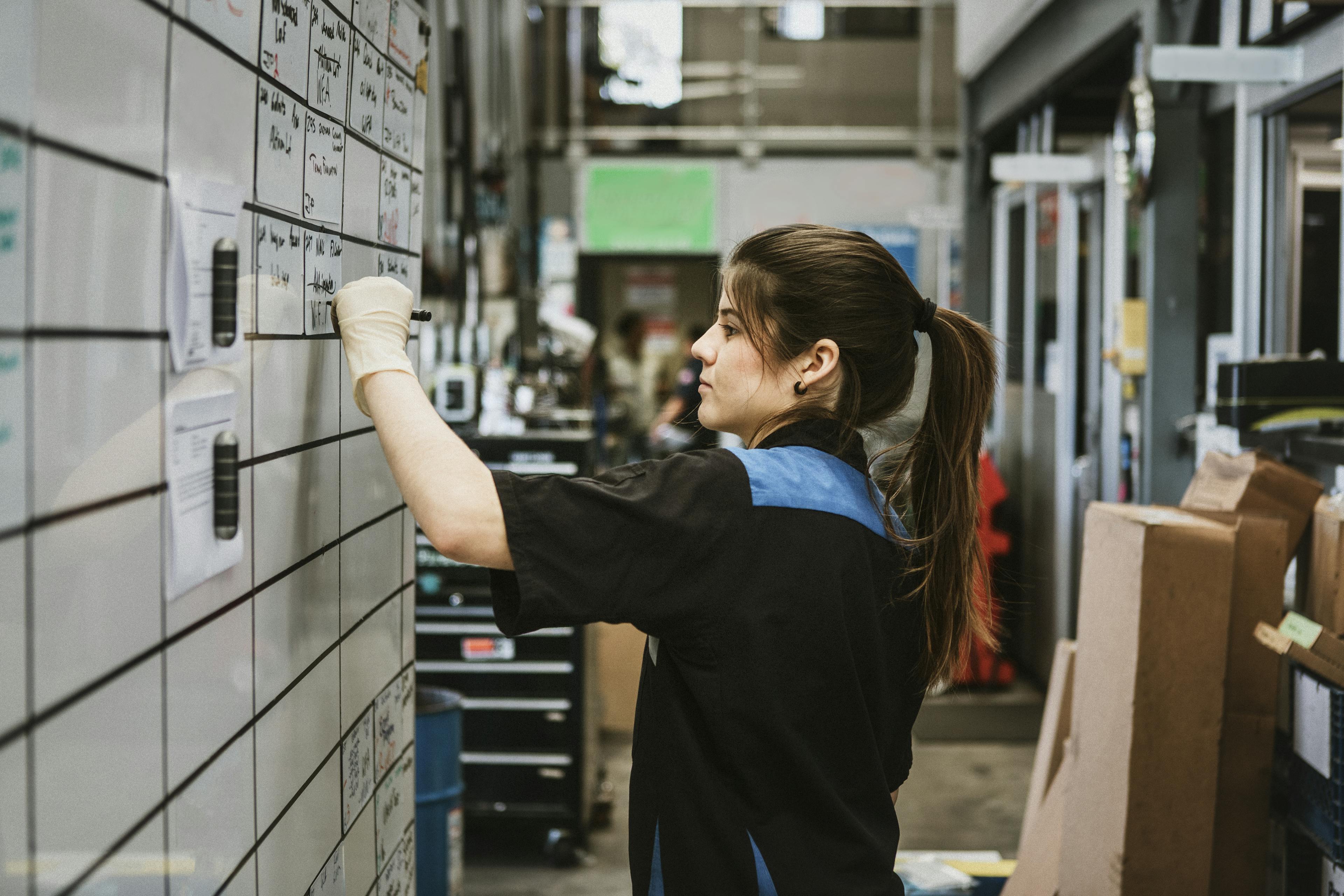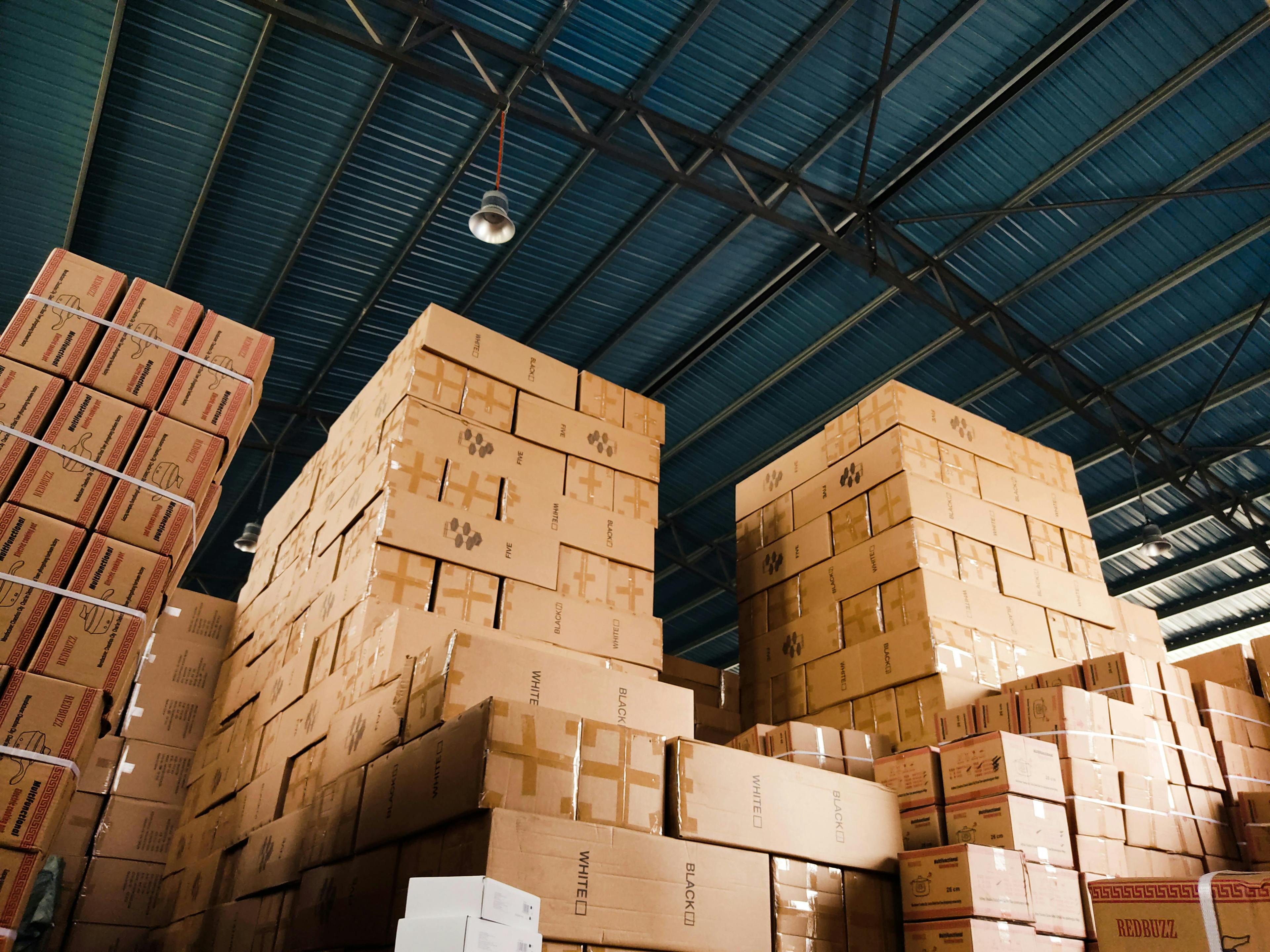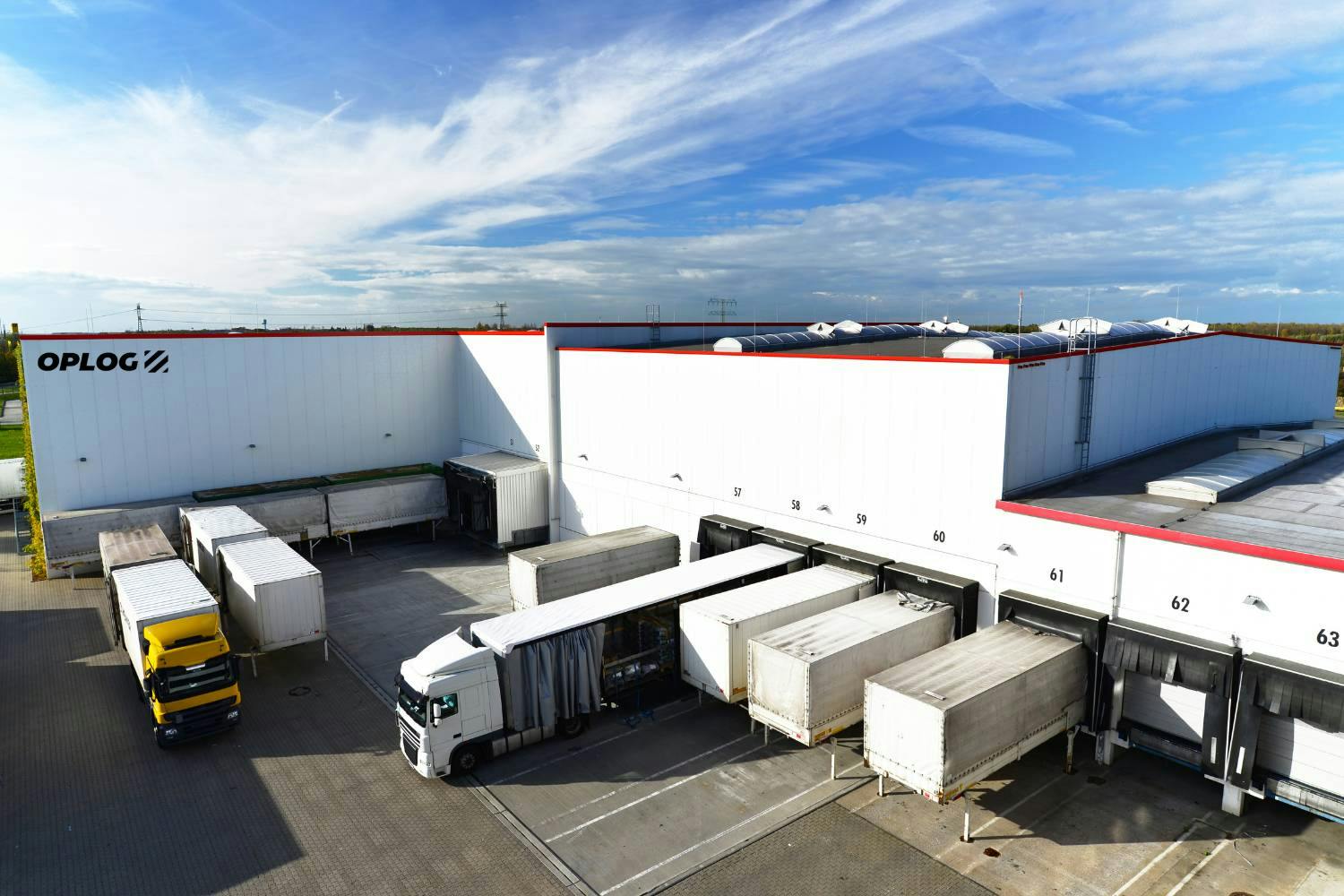In the evolving landscape of order handling, micro fulfillment emerges as a transformative solution, fundamentally reshaping how businesses manage their operations. This innovative approach not only optimizes efficiency but also revolutionizes the way orders are processed and fulfilled, catering specifically to the needs of businesses like yours that prioritize speed, accuracy, and customer satisfaction in today's competitive market.
Understanding Micro Fulfillment Centers
The landscape of order fulfillment is rapidly evolving alongside eCommerce. Micro eCommerce fulfillment centers lead this evolution, utilizing small, highly automated hubs to efficiently manage and deliver orders. To enhance your supply chain and meet customer demands, understanding the mechanics of these centers is crucial.
What are Micro Fulfillment Centers?
Micro fulfillment centers are small, automated warehouses optimized for eCommerce order processing. Located in urban or high-demand areas, they typically range from 10,000 to 50,000 square feet. Utilizing robots and smart systems, these centers expedite operations significantly.
How are Micro Fulfillment Centers Different?
Micro fulfillment centers differ from traditional warehouses in several ways. They are compact and strategically located in urban settings for faster order processing. Leveraging technology and robotics, they operate efficiently with minimal human intervention, catering perfectly to businesses like yours that require swift shipping and meticulous order management.
Benefits of Micro Fulfillment
Micro fulfillment is reshaping eCommerce and retail by offering localized, automated solutions that enhance customer satisfaction and operational efficiency. Let's explore why micro fulfillment is an ideal choice for modern businesses.
Faster Delivery Times
One of the primary advantages of micro fulfillment is its ability to deliver orders swiftly. By storing products near customers, these centers can fulfill orders within hours, meeting the high expectations for rapid delivery in today's market.
Improved Inventory Management
Modern micro eCommerce fulfillment centers employ real-time inventory tracking systems. This ensures optimal stock levels, preventing both overstock and stockouts. Clear visibility of inventory enables informed decisions on shipping logistics.
Reduced Last-Mile Costs
The final leg of shipping, often the most challenging and costly, is streamlined by micro fulfillment centers located near customers. This strategic placement minimizes costs, ensuring efficient last-mile delivery and meeting the demand for prompt service.
The Micro Fulfillment Process
Micro fulfillment centers operate with speed and efficiency through a streamlined process that integrates robots, smart storage solutions, and meticulous inventory management. Understanding this process sheds light on why these centers are pivotal in modern eCommerce.
Automated Inventory Storage
Robots and smart systems within micro fulfillment centers optimize product storage, ensuring quick retrieval when orders are placed. This technological prowess maximizes space utilization and accelerates order fulfillment.
Robotic Picking and Packing
Upon receiving an order, robots navigate micro fulfillment centers to locate and pack items swiftly and accurately. This automated process minimizes errors, expedites order fulfillment, and enables these centers to handle high volumes efficiently.
Integration with Last-Mile Delivery
Orders processed in micro fulfillment centers seamlessly transition to delivery partners. Many centers collaborate closely with delivery services, ensuring swift and traceable deliveries that enhance customer satisfaction.
Setting Up a Micro Fulfillment Center
Establishing a micro fulfillment center UK represents a significant milestone for your business, necessitating meticulous planning and strategic technology adoption. Doing so effectively can foster growth and operational excellence. Here's how to start a micro fulfillment center.
Location and Size Considerations
Choosing the right location is critical; ideally, it should be in a densely populated area to serve numerous customers efficiently. The size of the center depends on your sales volume and product range, typically ranging from 10,000 to 50,000 square feet.
Technology and Automation Requirements
Successful micro fulfillment centers rely on advanced technology, including robotic systems for picking and packing, along with comprehensive inventory management systems. Integrating AI and machine learning further enhances operational efficiency and cost-effectiveness.
Staffing and Operations
While automation is key, skilled personnel are essential for overseeing operations, troubleshooting technical issues, and optimizing order fulfillment processes. A well-defined operational strategy ensures seamless operations and exceptional customer service.
Micro Fulfillment Trends and Future
Micro fulfillment continues to shape the future of shipping and retail, with ongoing advancements in technology aimed at enhancing speed and efficiency. Staying informed about upcoming trends is crucial for leveraging micro fulfillment's potential to drive business growth.
Growth of Online Grocery and Retail
The rise of online shopping, particularly in groceries, fuels the expansion of micro fulfillment centers. Businesses utilize these centers to fulfill orders swiftly and satisfy customer expectations, contributing to the sector's continual growth.
Emergence of Dark Stores
Dark stores, dedicated to fulfilling online orders without disrupting in-store operations, mirror micro fulfillment centers' efficiency in the grocery sector. Their popularity stems from enabling seamless online shopping experiences.
Role of Artificial Intelligence and Robotics
Advancements in AI and robotics play a pivotal role in optimizing micro fulfillment operations. These technologies enhance packing accuracy, inventory management precision, and predictive analytics, driving continuous improvement in center performance.
Micro Fulfillment FAQs






